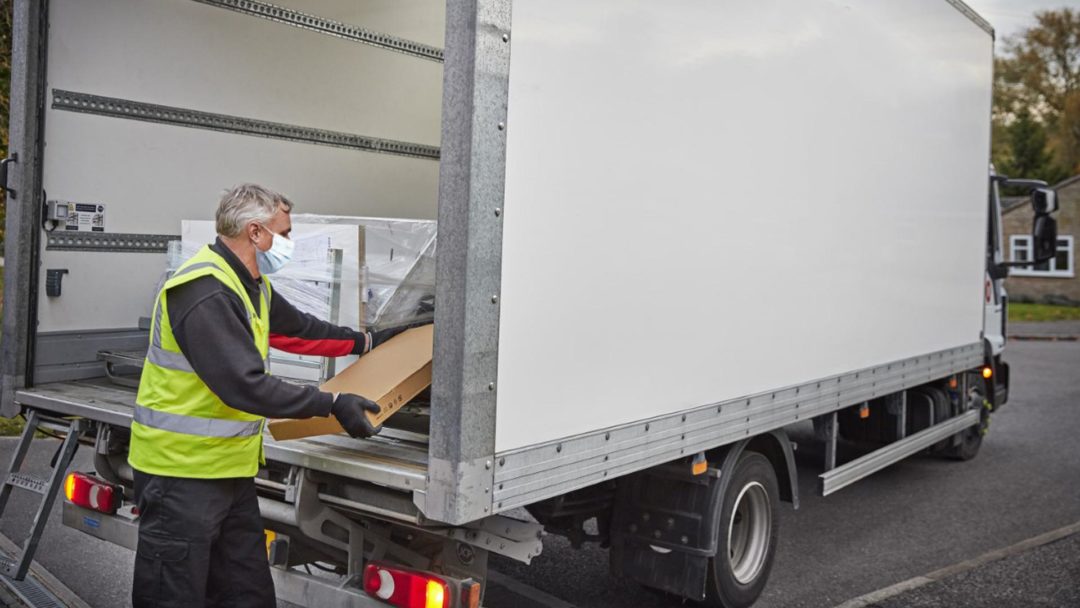Survey: Pandemic-driven buying habits continue to shape logistics needs
U.S., UK consumer trends data underscore accelerating growth in e-commerce and last-mile delivery needs among large retailers, carrier survey shows.

Coronavirus-driven buying trends are underscoring growing demand for logistics support and service among large retailers, especially home improvement outlets, according to a survey from Connecticut-based carrier and logistics provider XPO Logistics, released today.
The online survey of consumers in the United States and the United Kingdom revealed that more than half had undertaken a do-it-yourself (DIY) home improvement project during the coronavirus shutdowns this spring—55% in the U.S. and 56% in the UK. This trend sits alongside an acceleration in e-commerce buying and demand for last-mile delivery services that retailers say will continue well into the future. Although 50% of survey respondents said they would consider shopping in stores that enforce proper social distancing and cleaning, the majority said they would continue their newfound online buying habits even after the pandemic.
“The DIY data reflects our own experience in helping large home improvement retailers maintain supply chain continuity,” said Drew Wilkerson, XPO Logistics’ president for transportation, North America. “Our customers need more last-mile deliveries due to the shift toward e-commerce, as well as support with store inventories. We’re using our scale and technology to help them circumvent the logjams of the pandemic.”
XPO’s survey was conducted by independent research firm Statista from May 20-28, 2020.
Related Articles
Copyright ©2024. All Rights ReservedDesign, CMS, Hosting & Web Development :: ePublishing